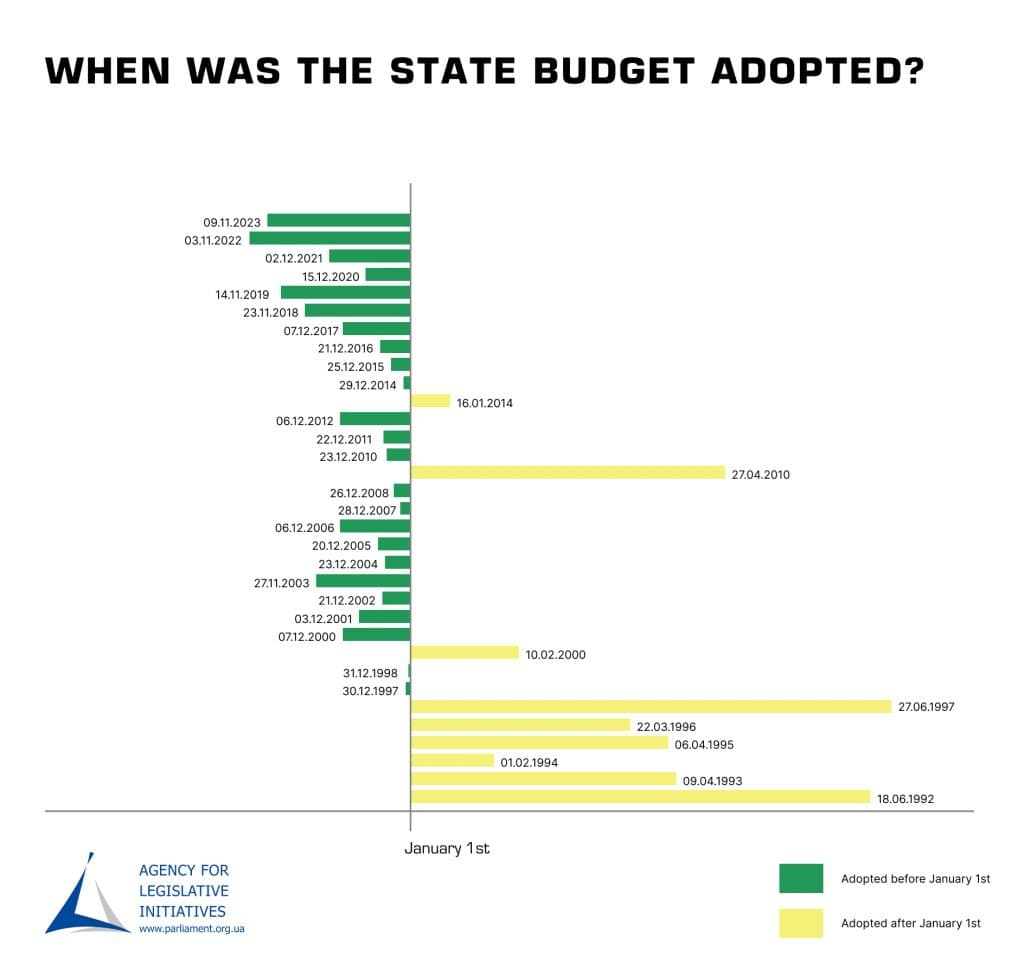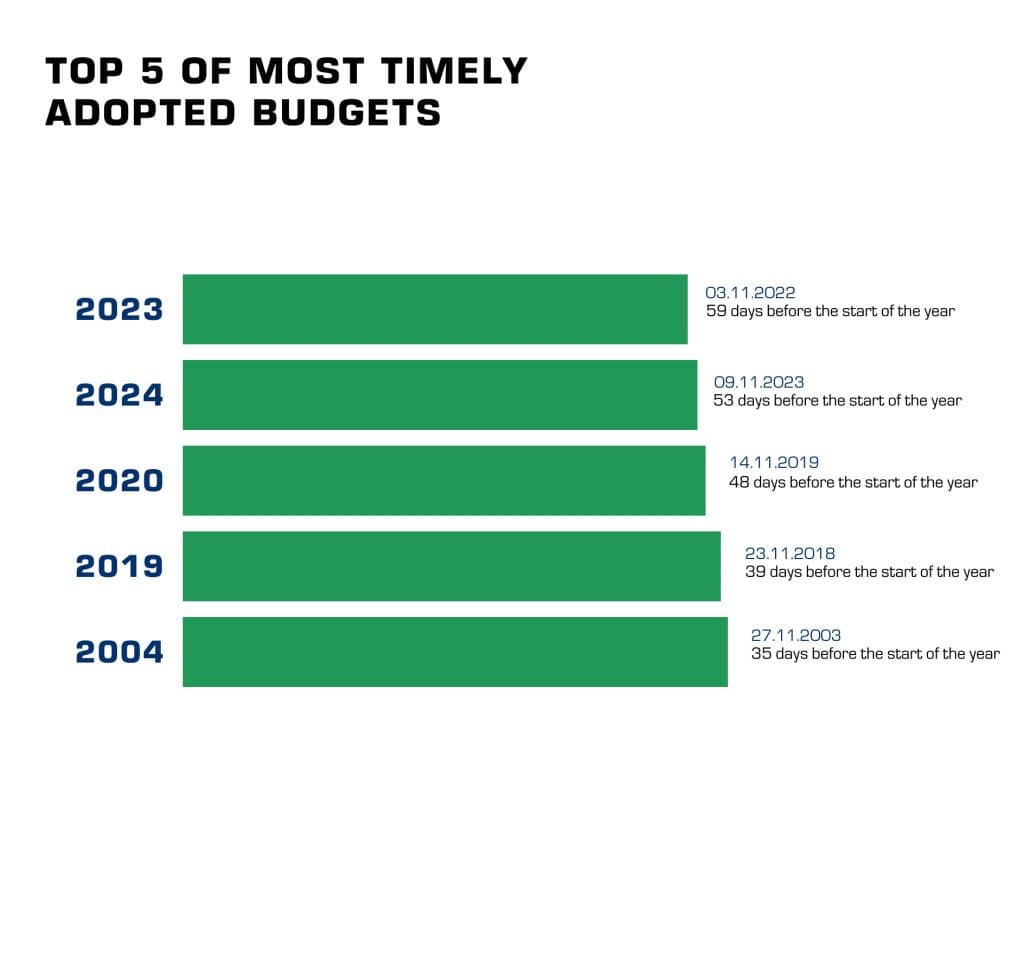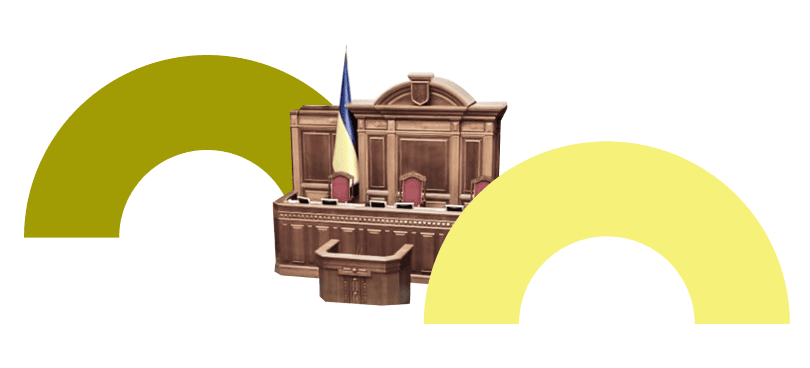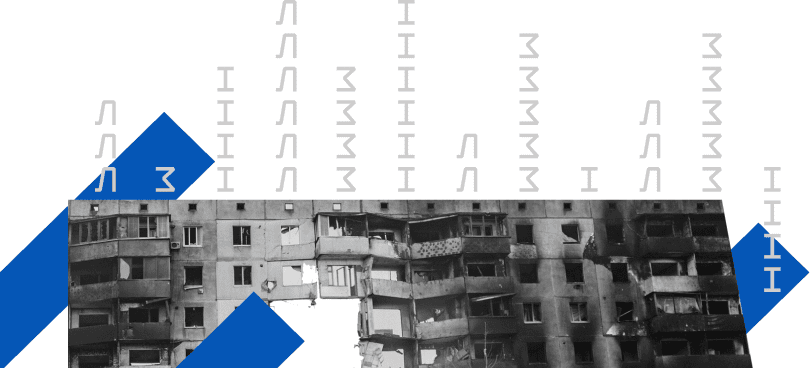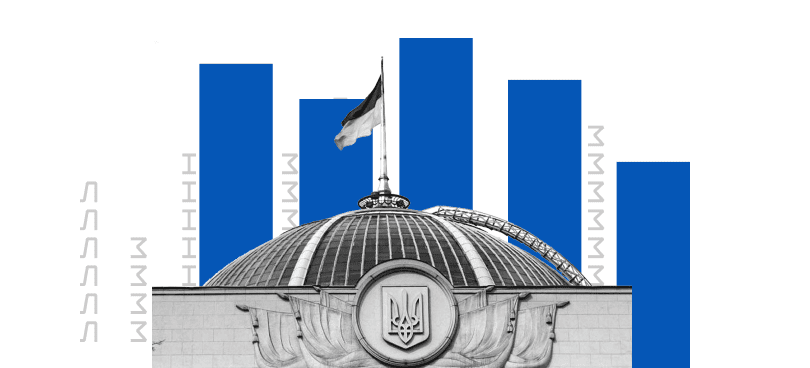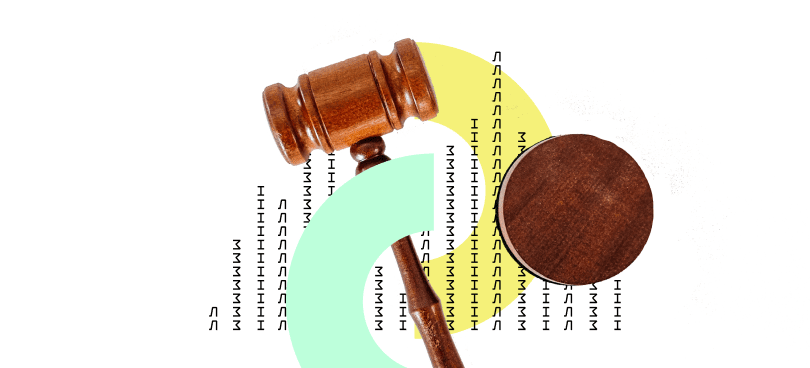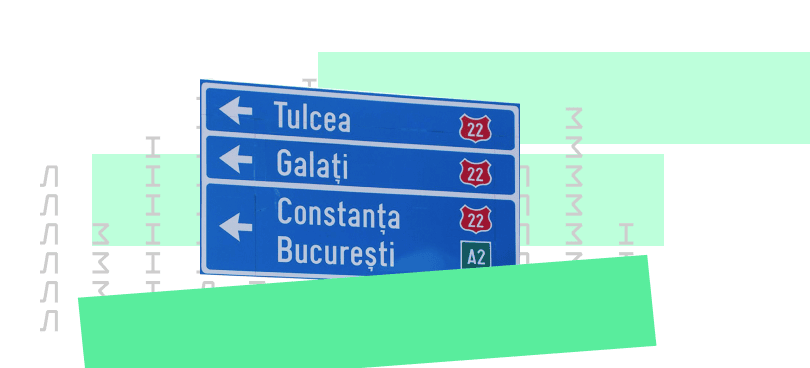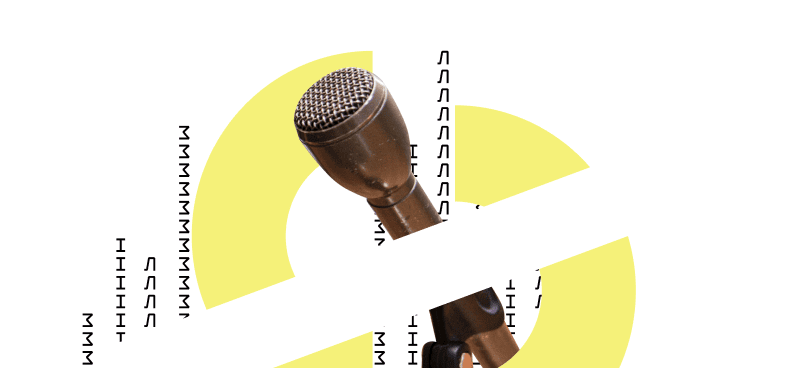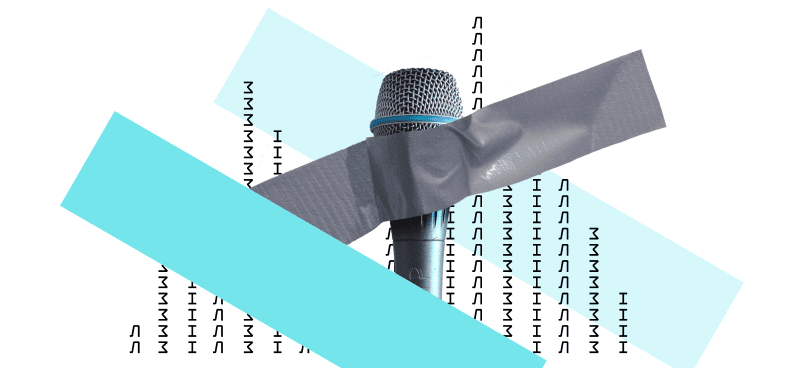ALI article for Dzerkalo Tyzhnia
On November 9, the Verkhovna Rada adopted the state budget for 2024. The decision was approved long before the beginning of the next year. This year’s budget vote is quite a significant event — in the ranking of the most timely adopted budgets, it ranks second in the entire independence era. What does this discipline in the budget process indicate because higher speed does not always mean improvement?
To answer this question, we analysed the dates of adoption of all state budgets from 1992 to 2024. Also taken into account were the dates of passage of draft laws at a number of stages: submission to the Verkhovna Rada, first and second readings, as well as the president’s signature. A large amount of data has been publicly available only since 1998, so for the previous budgets, we only considered the date of adoption as a whole. Thanks to such a database, we can observe how the drafting of such an important national document took place, as well as how the work of the parliament and trends in the budget process changed.
The 2010 Verkhovna Rada Rules of Procedure set specific dates by which each stage of budget adoption must be completed. The Cabinet of Ministers must submit the draft budget to the Rada by October 1. The Rada must adopt it in the first reading by October 20 and in the second reading by November 20. And while this year, the parliament fully complied with the established timeframes, earlier, the situation could be radically different.
For instance, it happened more than once that the draft law was accepted as a whole only in the last days of the year, sometimes receiving the president’s signature only on December 31, which is already a holiday. For the first time in a long time, the law was adopted as early as November 2018 — before that, the last time this happened was as far back as 2003. In general, since 2010, it has only been possible to adopt the draft budget within the statutory timeframe on three occasions. And two of them occurred after the start of a full-scale invasion.
This year, the draft budget was adopted on time both according to the Rules of Procedure and taking into account the fiscal year – there are still 53 days until the start of the new one. This may seem like something completely normal, but if we recall the history of the issue, it definitely was not the norm in all periods. In the 1990s, for example, out of eight budgets (from 1992 to 1999), only two were adopted before the beginning of the fiscal year. Afterwards, the situation gradually improved, and such severe delays became less and less frequent. Still, delays happened. In this millennium, the latest budget to be adopted was that of 2010, passed on the 116th day of the fiscal year (April 29). The budget adopted this year ranks as the second timeliest in the entire history of Ukraine’s independence era, second only to last year’s budget.
In 2023, 55 days passed between the submission of the draft to the Rada and its adoption, while on average the budget adoption process over the past 26 years takes about three months, or 84 days. However, this measure is extremely unstable. Usually, the later the draft is submitted, the faster they try to adopt it, trying to make it by the beginning of the year. Thus, the 2008 budget was submitted to the parliament on December 26, and just four days later, it was signed into law by the president. However, a very long adoption period (for example, more than 100 days) is not necessarily a good sign: in such cases, it is possible, for example, to call off the draft and subsequently replace it. And this is definitely not a sign of quality work.
If one takes a step back and looks at the situation from the perspective of convocations, one can see a rather interesting picture. During the 9th convocation, the budget has adopted an average of 42 days before the beginning of the year. In the 8th convocation, the statistical average was different, standing at 17 days. If we consider another five years before that, the figure was even worse: minus 17 days, that is, budgets were adopted on average as late as January. It is the 2010 budget, which was adopted on April 29 (116 days after the New Year), that makes the data so bad. In general, it can be seen how, over time, the work on the budget becomes more and more systematic and responsible, at least in terms of meeting deadlines.
It is also worth considering that compliance with the norms prescribed in the Rules of Procedure and the speed of the process are not identical to the quality of the document itself, which is not the subject of this analysis. But the time and timeliness of the adoption of the state budget are also important: a too long or too fast budget process, as well as a delay in the adoption in the debating chamber — all this can serve as an indicator of haphazard work on the document or different views of power-holders on certain components. Compliance with prescribed norms, in particular with regard to deadlines, shows the quality of the process, as well as the coherence of the actions of all its participants. Still, the reasons for coherence may be different, not all participants in the process may be equally autonomous.
In general, two clear trends can be observed.
First, they are usually late with the budget in years of crisis. For example, in the 1990s, when a deep economic decline spread across Ukraine, there were cases when budgets were adopted 3–6 months after the beginning of the respective year. The 1997 budget, which was adopted as late as June, stands out among them. It should also be taken into account, though, that the first decade of independence was a unique period, during which the framework and norms within which the parliament of a democratic Ukraine should work were still being established. However, such delays were repeated later on, as well in the years of the most acute crises. For example, in 2009, when the power-holders had to prepare the budget for 2010, a crisis hit — Ukraine’s GDP fell by 15 percent, so the question of the future took a back seat. In 2014, during the Revolution of Dignity, the budget was adopted on the infamous day of January 16, and for the next several years, the president signed the budget on December 31, the day before the start of the fiscal year. However, this regularity has disappeared – the budget was last adopted after January 1 2014. Currently, one can observe a completely different attitude towards the adoption of the state budget.
Secondly, there is a significant visible improvement in the interaction between the Cabinet of Ministers and the parliament, as well as in their discipline. Considering only the previous behaviour, it could be assumed that this year’s budget should be adopted with a great delay. However, this is not the case. Currently, the situation is almost the opposite: Ukraine is experiencing the deepest crisis in the entire independence era, but at the same time, the government’s compliance with its own rules has improved. One of the reasons is that the issue of economic survival has been probably the most important for the past two years: half of the budget for the next year will go to the Armed Forces of Ukraine, and only thanks to international aid will it be possible to cover the budget deficit, which will amount to almost 50 percent. Actually, the timeliness of the budget adoption can be explained by the need to fulfil obligations to international partners, for whom budget discipline is an important indicator of capacity.
Another reason is the centralisation of power: the president, the government and the single-party majority belong to the same team, and it has one decision-making centre in Bankova Street. There is a lot of micromanagement in important decisions, the adoption of this year’s budget is just one example. This fact gave a good figure for quantitative statistics, which, however, does not turn into a qualitative improvement. The system of public administration is unbalanced, and the cabinet has accepted the role of an extra. But this is a topic for another analytical article.
And one final remark: The number of amendments to the state budget and, accordingly, the duration of their consideration and the pains of adoption strongly depend on the amount of free money in the budget for distribution. In the last two years, there have been fewer discussions around the budget process because there is not enough our own money in the budget — and all of it is spent on protected items.

